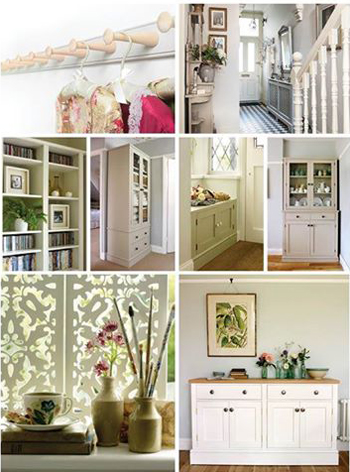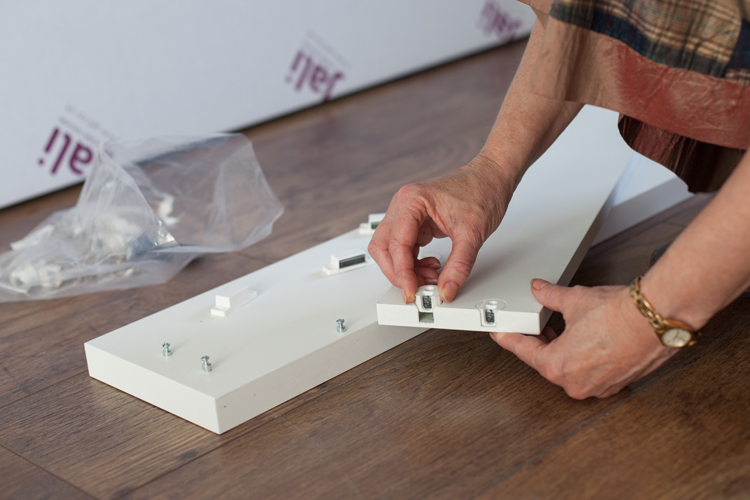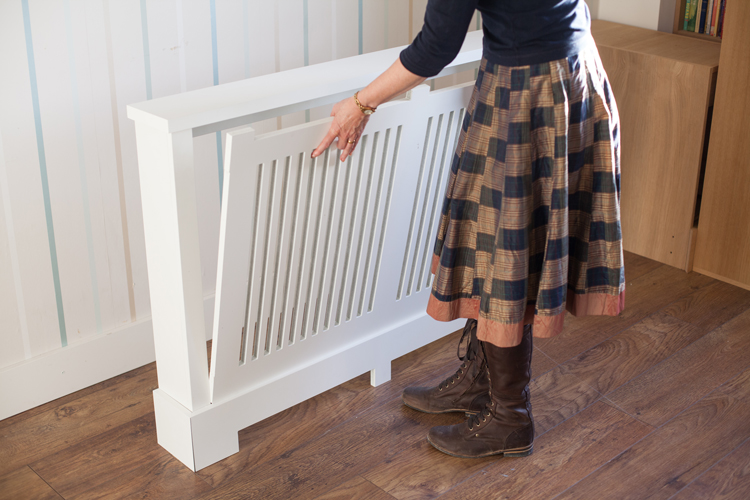It’s National DIY Week (14 – 20 September), and here in the Jali factory you can’t move for champagne and bunting. Actually, that’s not true. But it’s great that DIY is being celebrated, as self-reliance and home-based skills are part of the UK’s – and Jali’s – rich tradition. (A bit like the WI, but with more power tools.)

It’s a great goal to aim for. It can save you money, and earn you the admiration (or envy) of friends and family. But not all of us have carpentry and joinery skills. Or want the hassle and expense of setting up a home workshop, or the mess, noise and visits to A&E so often involved in traditional DIY. If so, we have a solution.
First, a reminder of a previous era. Older readers may remember Barry Bucknell, so-called “doyen of DIY” in the 1950s and 60s.
Described as television’s first ‘Do-It-Yourself’ (DIY) expert and home makeover star, Barry Bucknell “transformed DIY from its solitary ‘garden shed’ origins into a fun, fashionable and profitable pastime accessible to all,” says the Science Museum’s online entry on Bucknell. “His 1950s series Do It Yourself attracted seven million viewers, followed in 1962 by Bucknell’s House, a 39-week BBC project to do up a run-down house in Ealing. Millions watched, then promptly followed his example, kickstarting the growth of a multi-million pound industry.”

Bucknell was always fascinated with design and gadgetry. He served an apprenticeship with Daimler before joining his father’s building and electrical firm in St Pancras, London. He was a conscientous objector in WW2, working instead as a fireman in London during a period which included the Blitz. He also served as a Labour member of St Pancras council.
In the 1960s, Bucknell revolutionised small boat ownership by designing the Mirror dinghy, a popular and affordable boat which made sailing accessible to many young people; over 90,000 models were sold. He also invented a two-person canoe for the RNLI.
Barry Bucknell had originally appeared on TV answering viewers’ questions, but then was given his own slot on About The Home in 1956, “showing Joan Gilbert how to put up shelves or make a tool box.” Women were the intended audience for these programmes, and seemed to like his unpatronising manner. They were also probably tickled by the mishaps that often befell him – he once applied too much paste to some wallpaper he was hanging; it then fell down on his head.
Bucknell has often been blamed for turning period rooms into bland modern ones by boxing in then-unfashionable features with sheets of hardboard and plywood. However, it has been pointed out that he saved many original fittings. As one online commentator noted, “We really owe Barry Bucknell a debt of gratitude for preserving period features such that they could be easily restored again. Nowadays, DIY ‘experts’ simply rip things out, throw them on the skip and buy the latest fashionable item. Time and again, hardboard panelling has been removed to reveal fireplaces, door mouldings and bannisters – thanks to Barry.”

As his Telegraph obituary put it, “Bucknell was, for the rest of his life, seldom free of enquiries about the correct way to build a tea-trolley or a radiator cover.” Like Bucknell, Jali knows a bit about the latter. And, like Barry Bucknell, we want to get the message out that DIY is not just for rugged, manly types with pipes – women are just as capable, and in many cases more capable, of successfully doing it themselves.
So get yourself over to our website and use our online Designer to customise the perfect products for your home. Fun, fashionable and very kind to your bank balance, It really is the smart, modern way to Do It Yourself. And then prepare to bask in the admiration of all…






